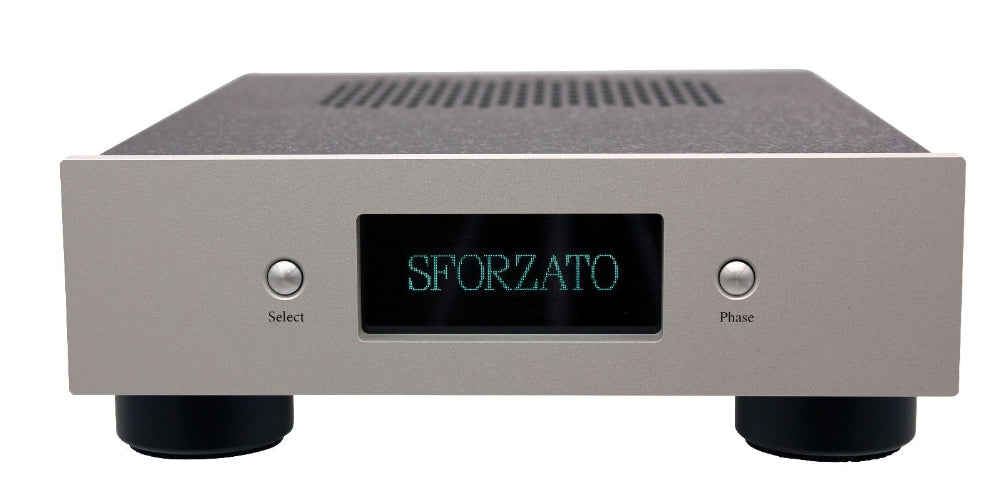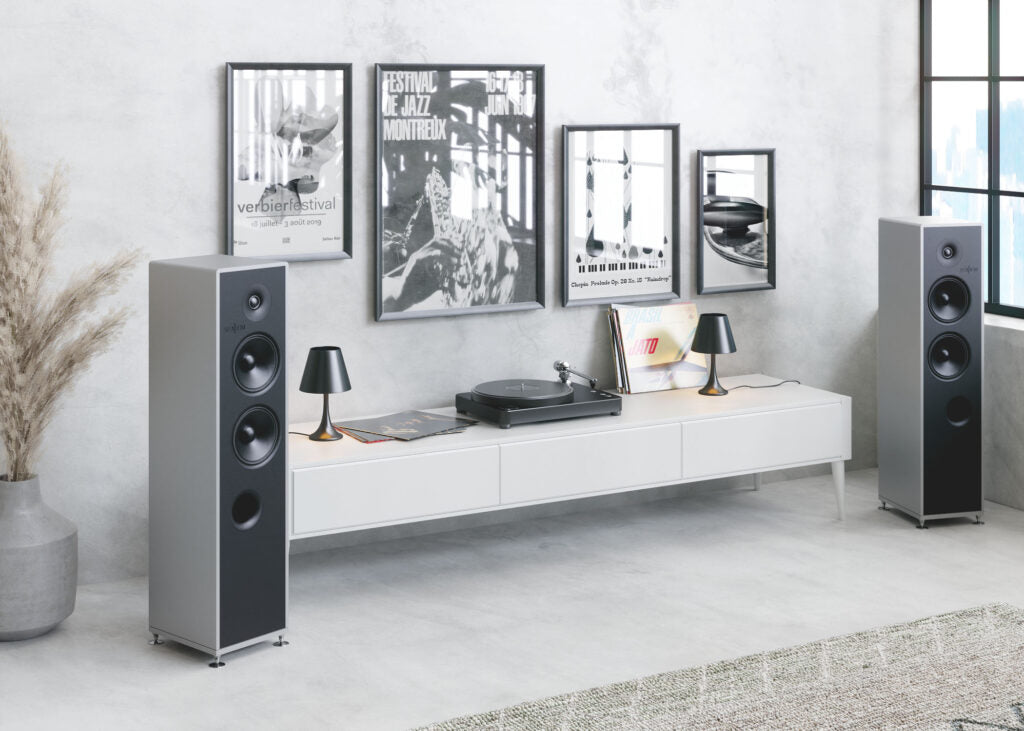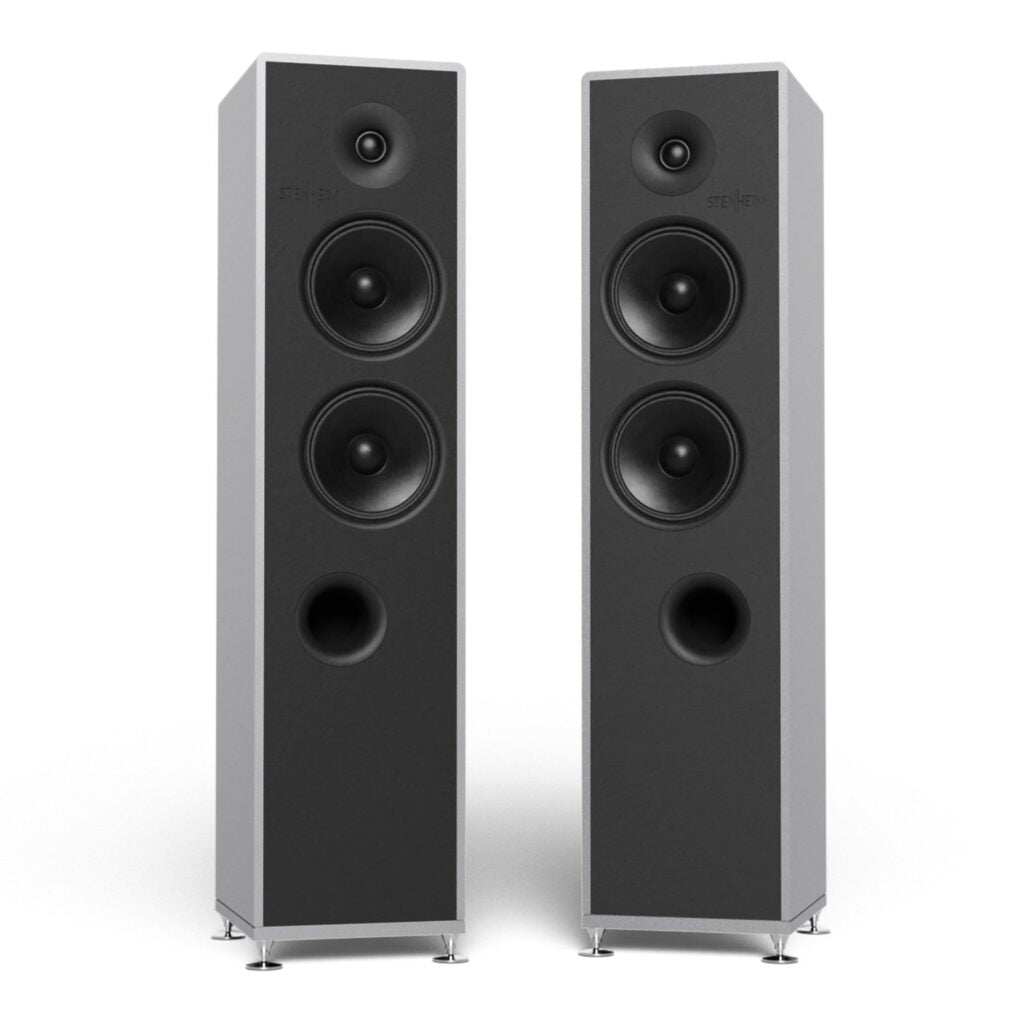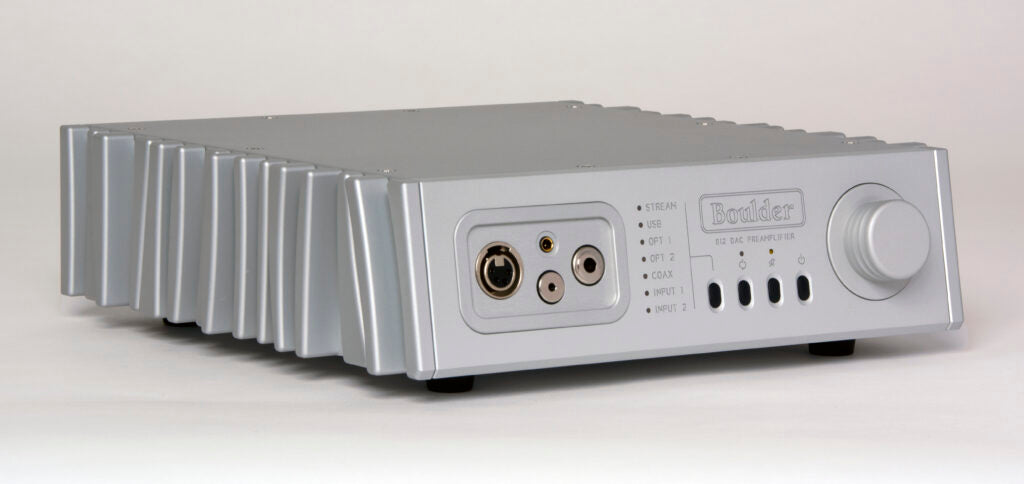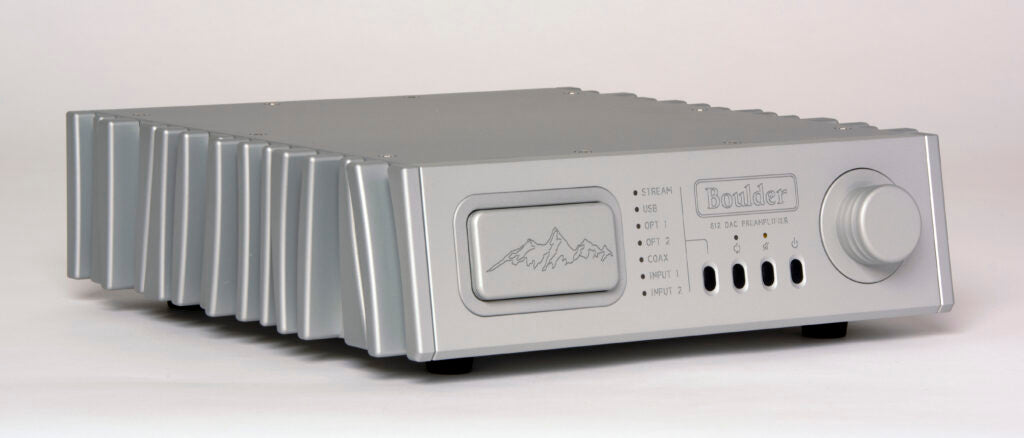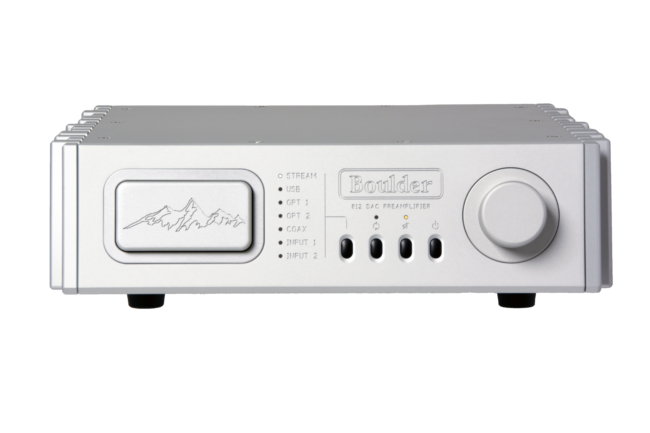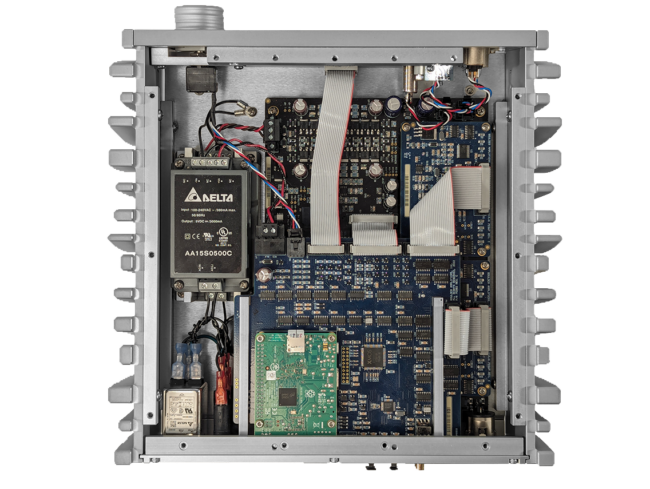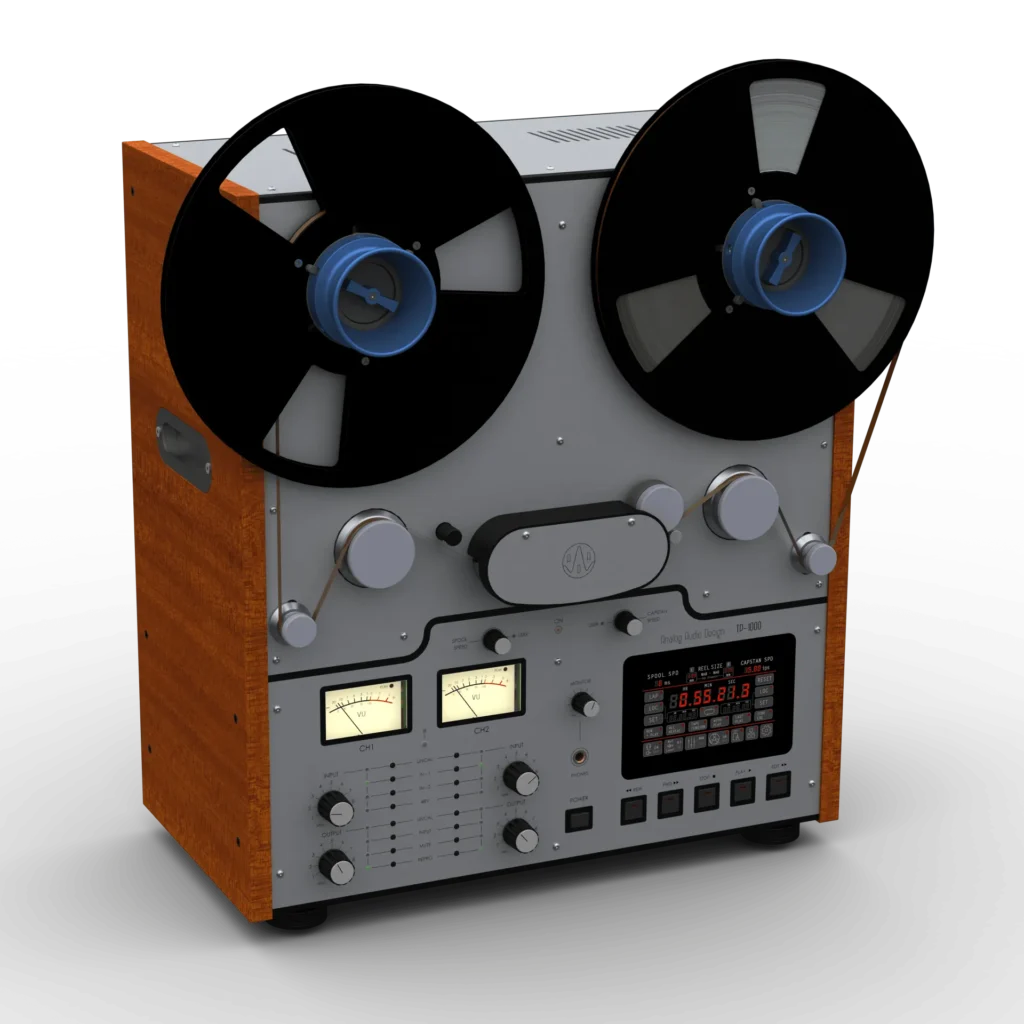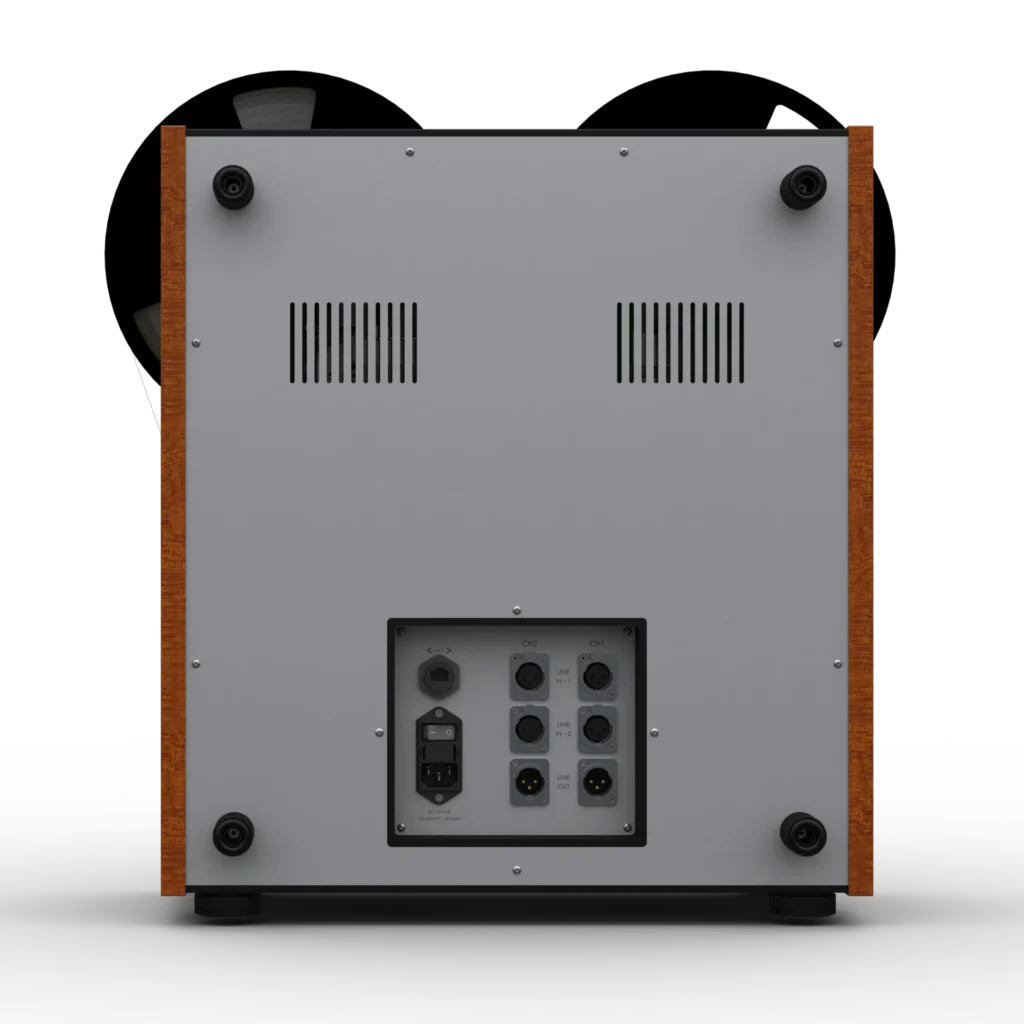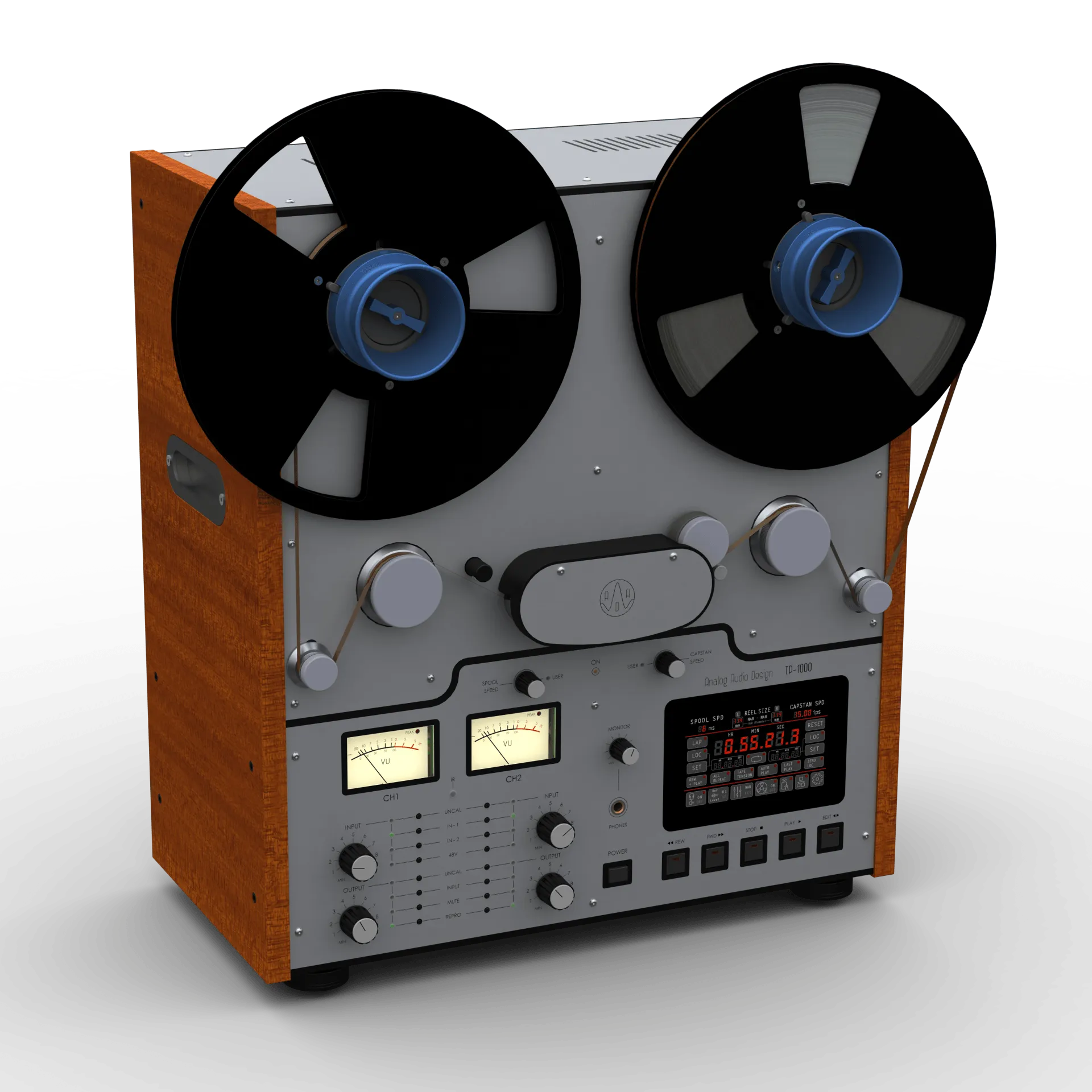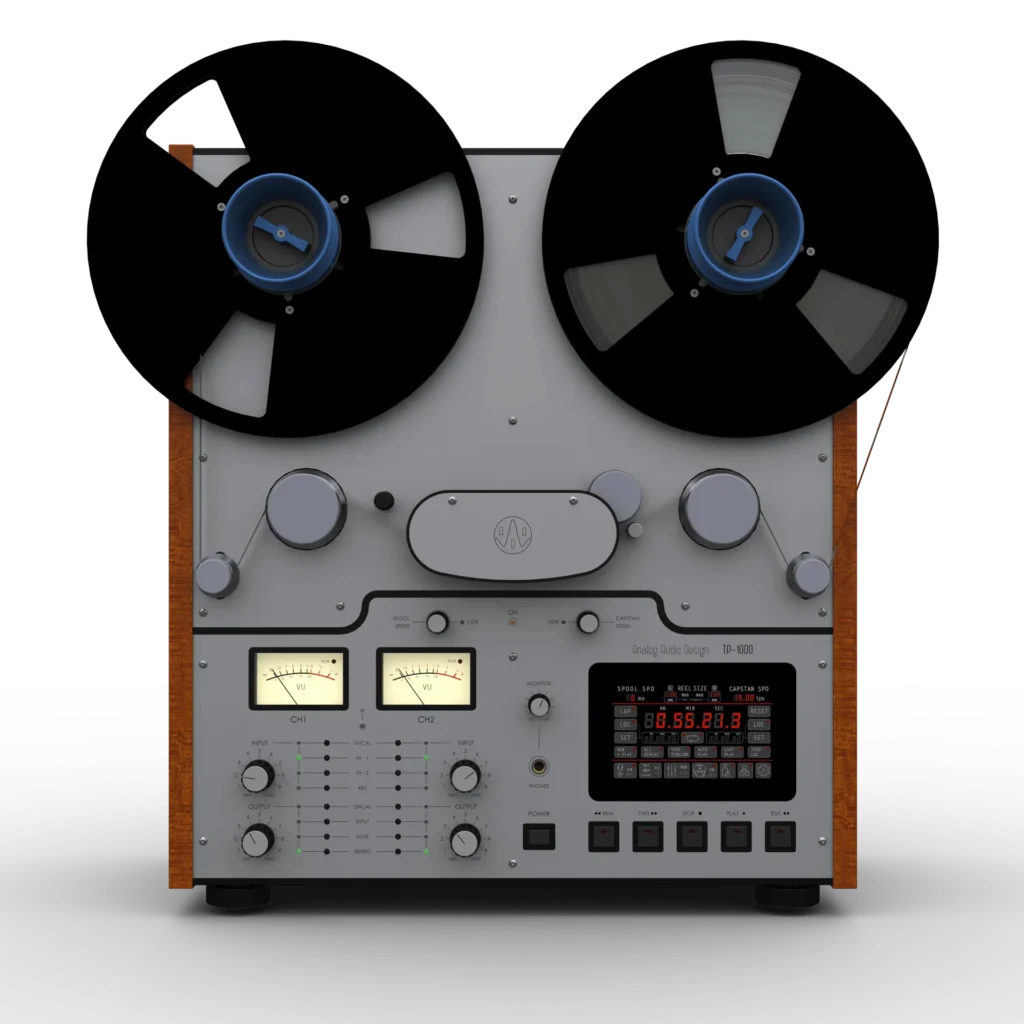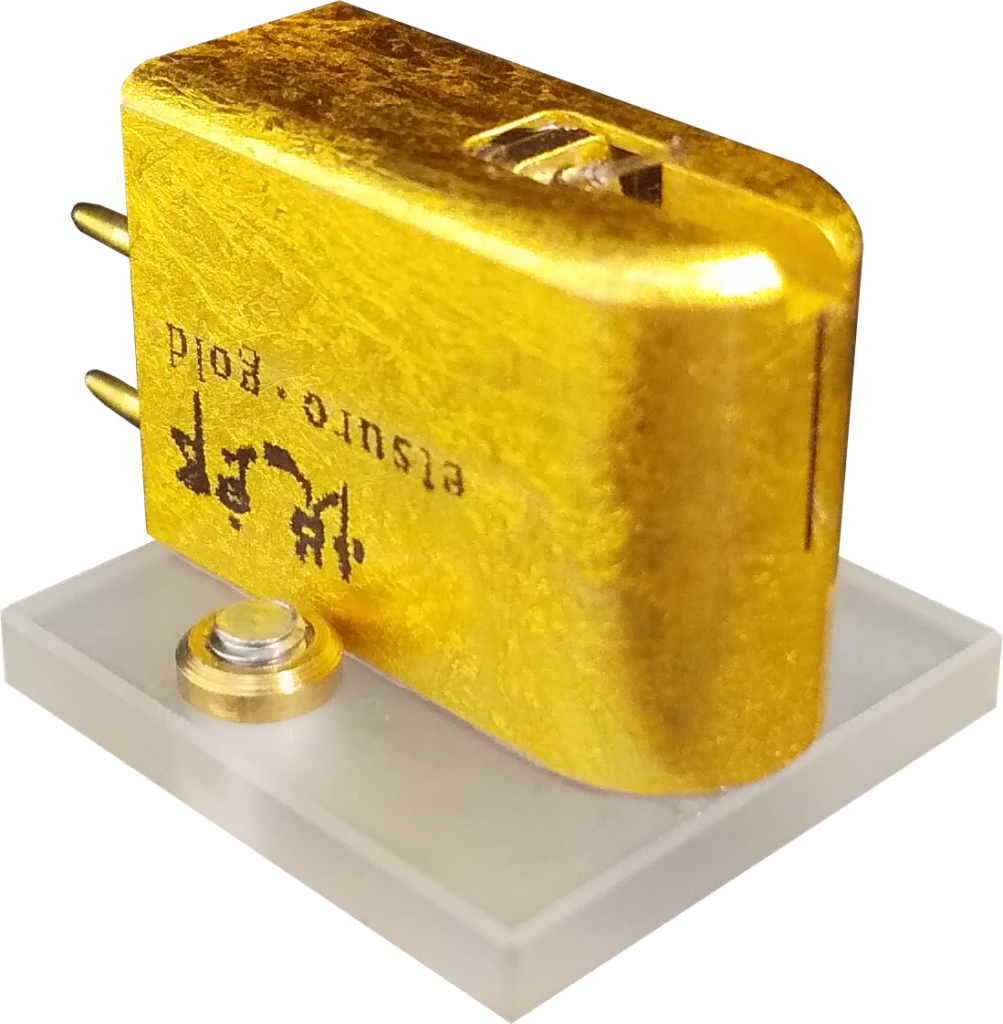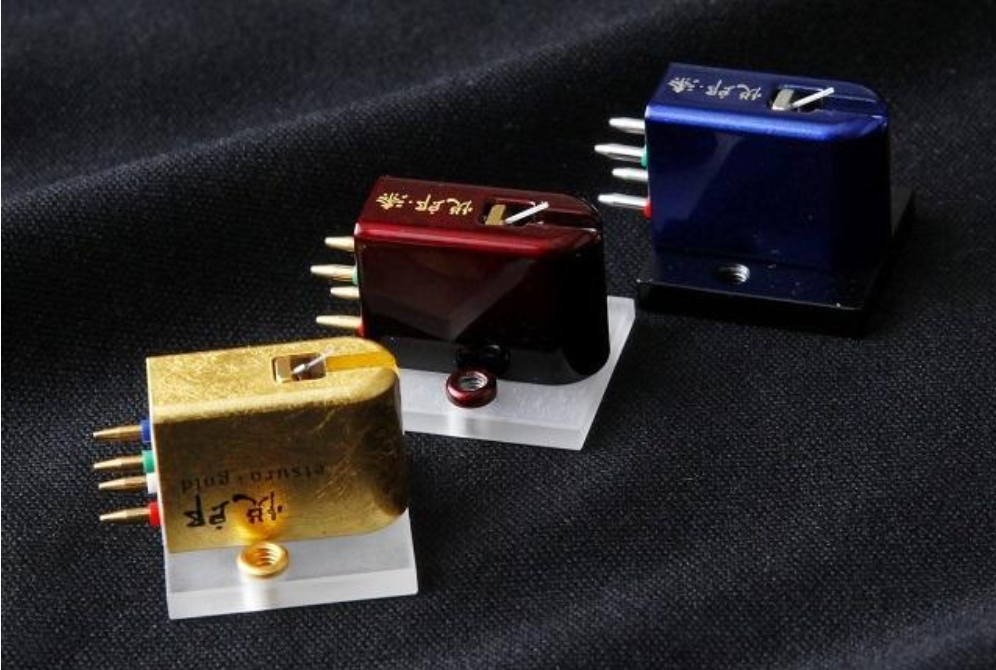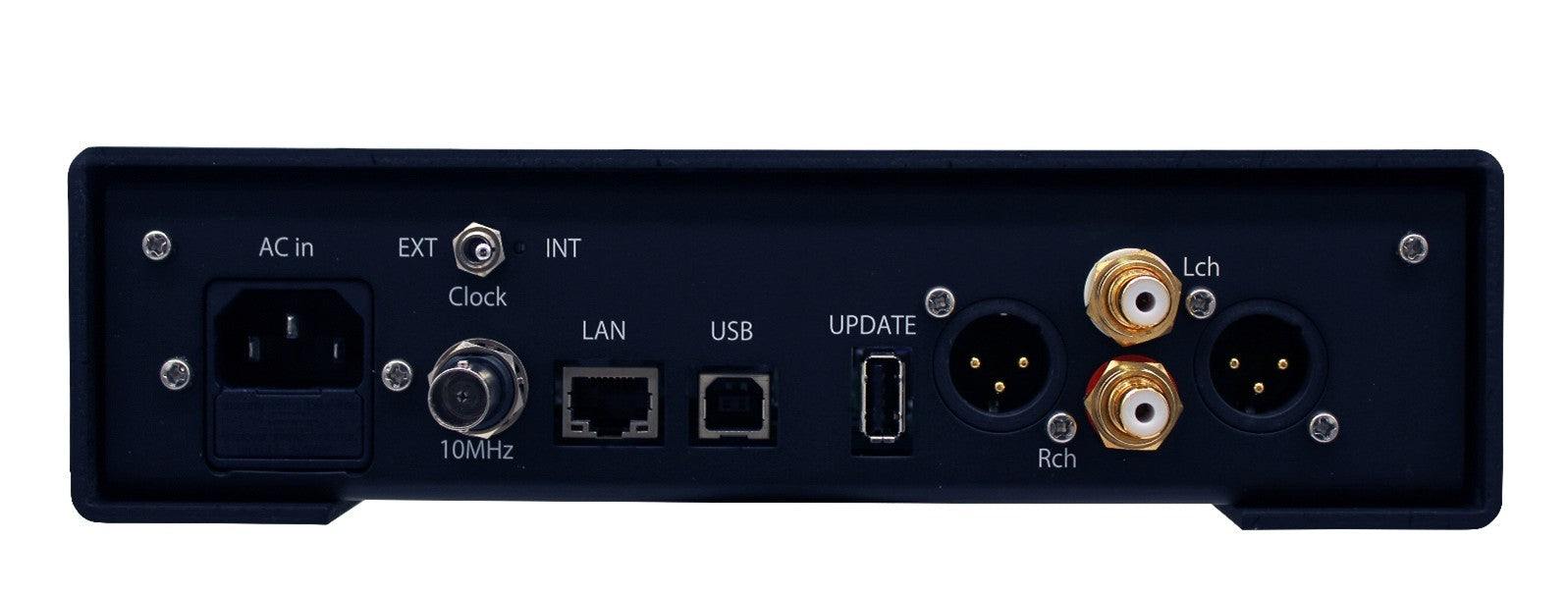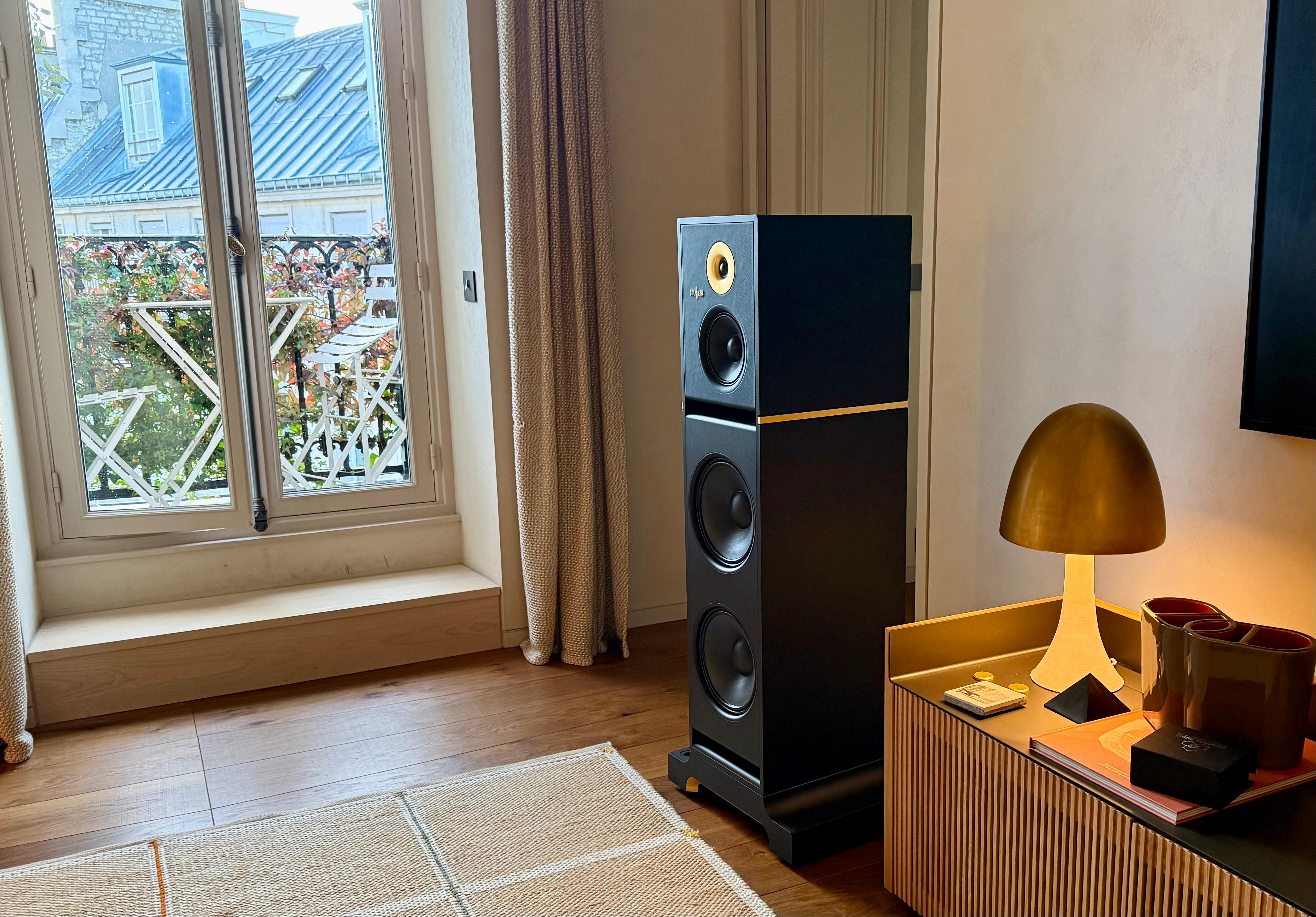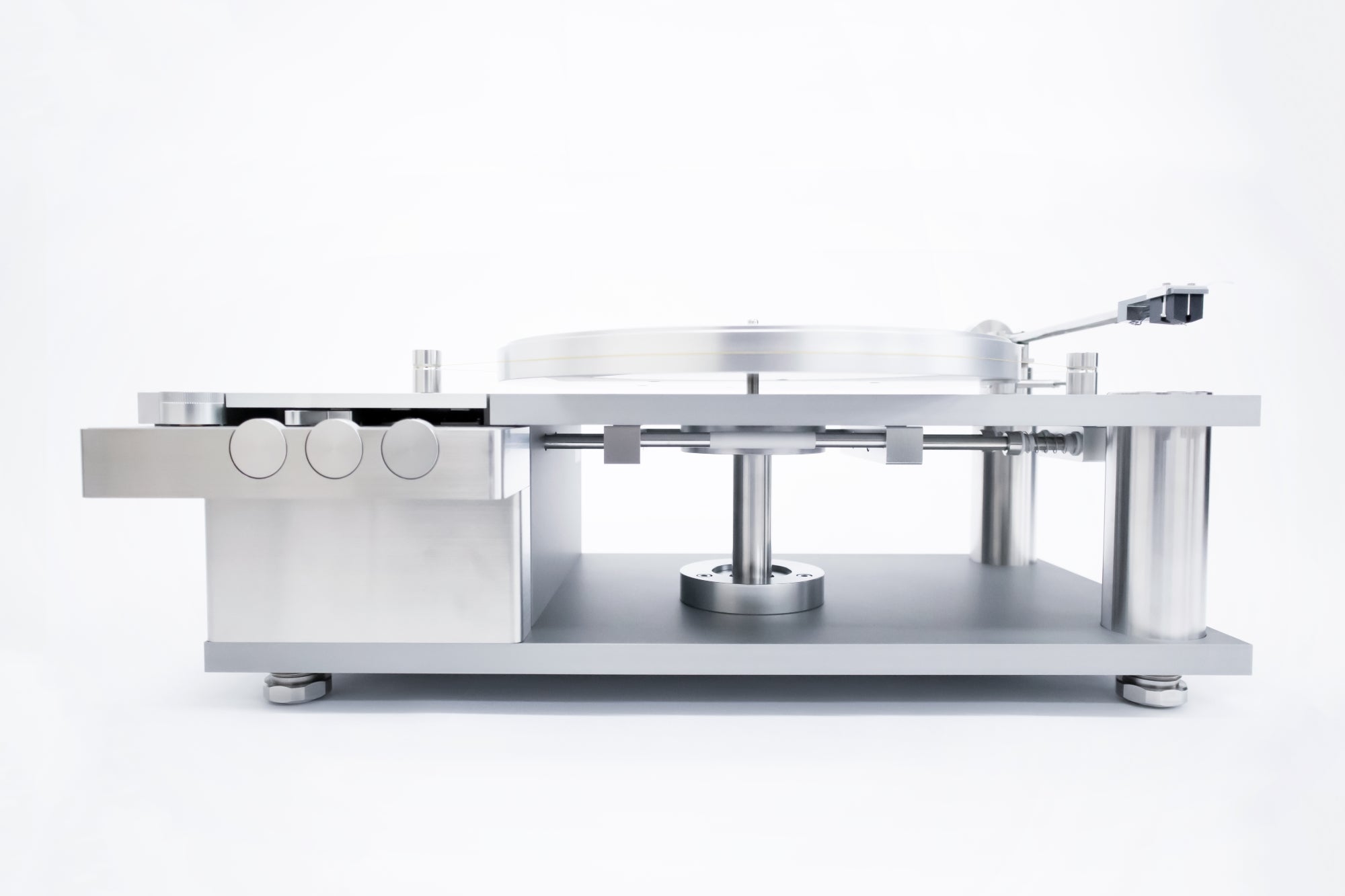Not just another turntable
Whatever combination you choose, we can help optimize it by setting it all up for you, tracking fine adjustments. Our promise is to offer you a top performing system, delivering maximum performance.
Always.
Custom built phono carts
To complement our expertise in cartridges overhaul, we have developed our own range of cartridges based on existing models.
You won't believe your ears when you discover Sculpture A, that's our pleasure promise.
The Full Monty
Browse our full selection of cartridges, tonearms, headshells, cables, plinths, amplifiers and preamplifiers to live the full Ana Mighty Sound experience.
Featuring
Boulder 508 Phono Preamplifier
Boulder - 812 DAC Preamplifier
Sforzato DSP-09EX - Network Player & DAC
On our blog
A la découverte des enceintes Stenheim

